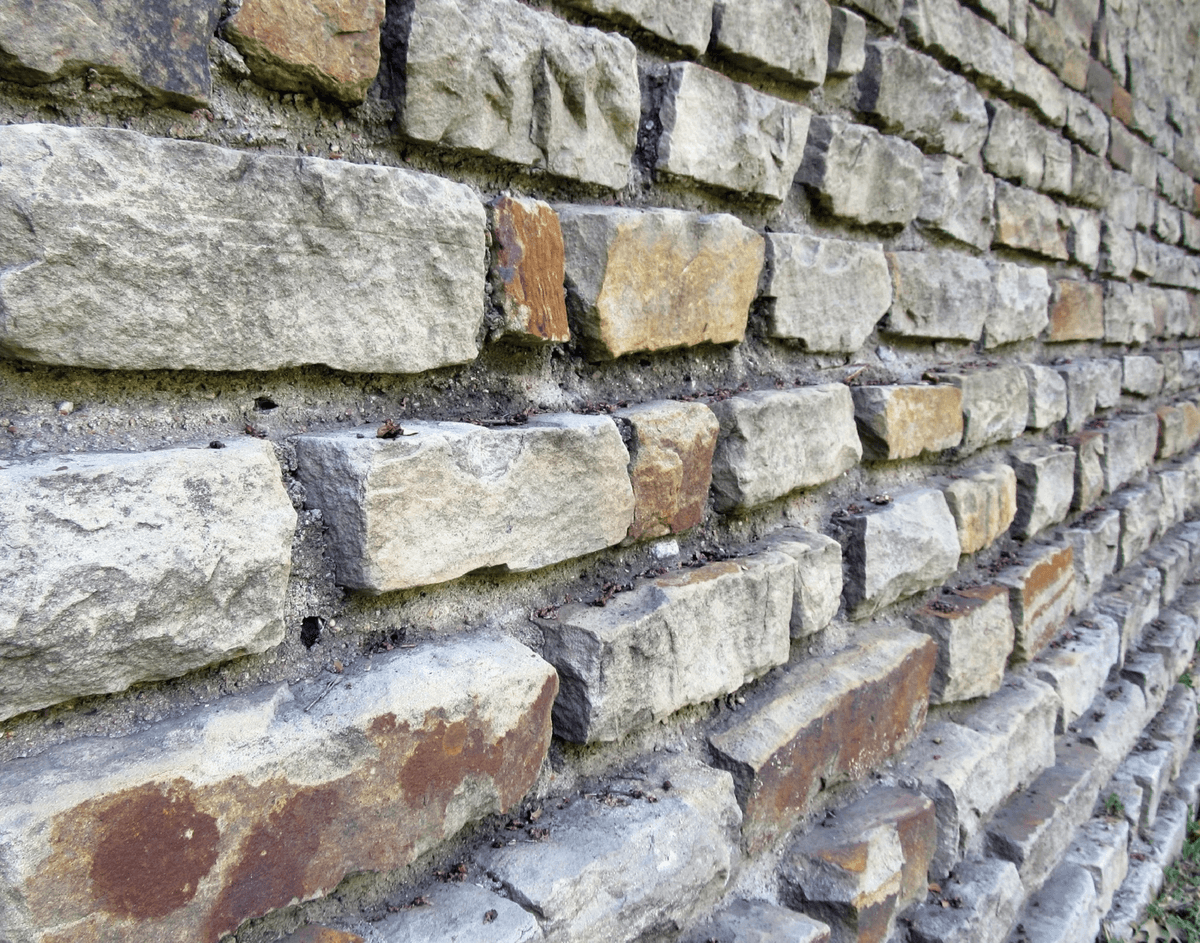
Retaining walls are crucial structures that provide support and stability to sloped landscapes, preventing soil erosion and managing water runoff. Whether you're looking to improve your garden's aesthetics or create functional outdoor spaces, understanding the construction of retaining walls is essential. In this guide, we will explore the various types of retaining walls, the materials needed for their construction, the process involved, and important considerations to ensure longevity and effectiveness.
The first step in retaining wall construction is selecting the right type of wall for your specific needs. Common types include gravity walls, cantilever walls, anchored walls, and sheet pile walls. Gravity walls rely on their weight to resist lateral soil pressure, making them ideal for smaller walls. In contrast, cantilever walls are designed with a thinner stem and a solid base, providing greater support for larger elevations. Sheet pile walls are best suited for areas with limited space, while anchored walls use cables to enhance stability. Choosing the right type based on site conditions and wall height is vital for successful construction.
Once you have chosen the type of retaining wall, the next step is to gather the necessary materials. Common materials include concrete blocks, bricks, poured concrete, timber, and stone. The choice of material will influence not only the wall's aesthetic appeal but also its durability and stability. Additionally, proper drainage is essential for a retaining wall to function effectively. Incorporating gravel backfill, perforated pipes, or weep holes can help manage water pressure behind the wall, preventing potential failure and extending the life of the structure.
When beginning construction, it is crucial to follow a systematic process. Start by marking the area where the wall will be built and then excavate the site to create a level foundation. Next, lay the first course of landscaping blocks or other materials, ensuring it is level. Continue stacking the remaining materials, using appropriate construction techniques based on the type of wall chosen. Regularly check for level and alignment as you progress. Finally, backfill the area behind the wall with gravel or soil to promote proper drainage and provide additional support.
In conclusion,cedar professional retaining wall involves careful planning, material selection, and adherence to proper construction methods. By understanding the different types of walls and their requirements, you can create a functional and aesthetically pleasing structure that will enhance your property for years to come. Always consider local regulations and, if necessary, consult with a professional to ensure your retaining wall meets necessary standards. With the right approach, your retaining wall can withstand the test of time while effectively managing soil and water in your landscape. You can get more enlightened on this topic by reading here: https://en.wikipedia.org/wiki/Retaining_wall